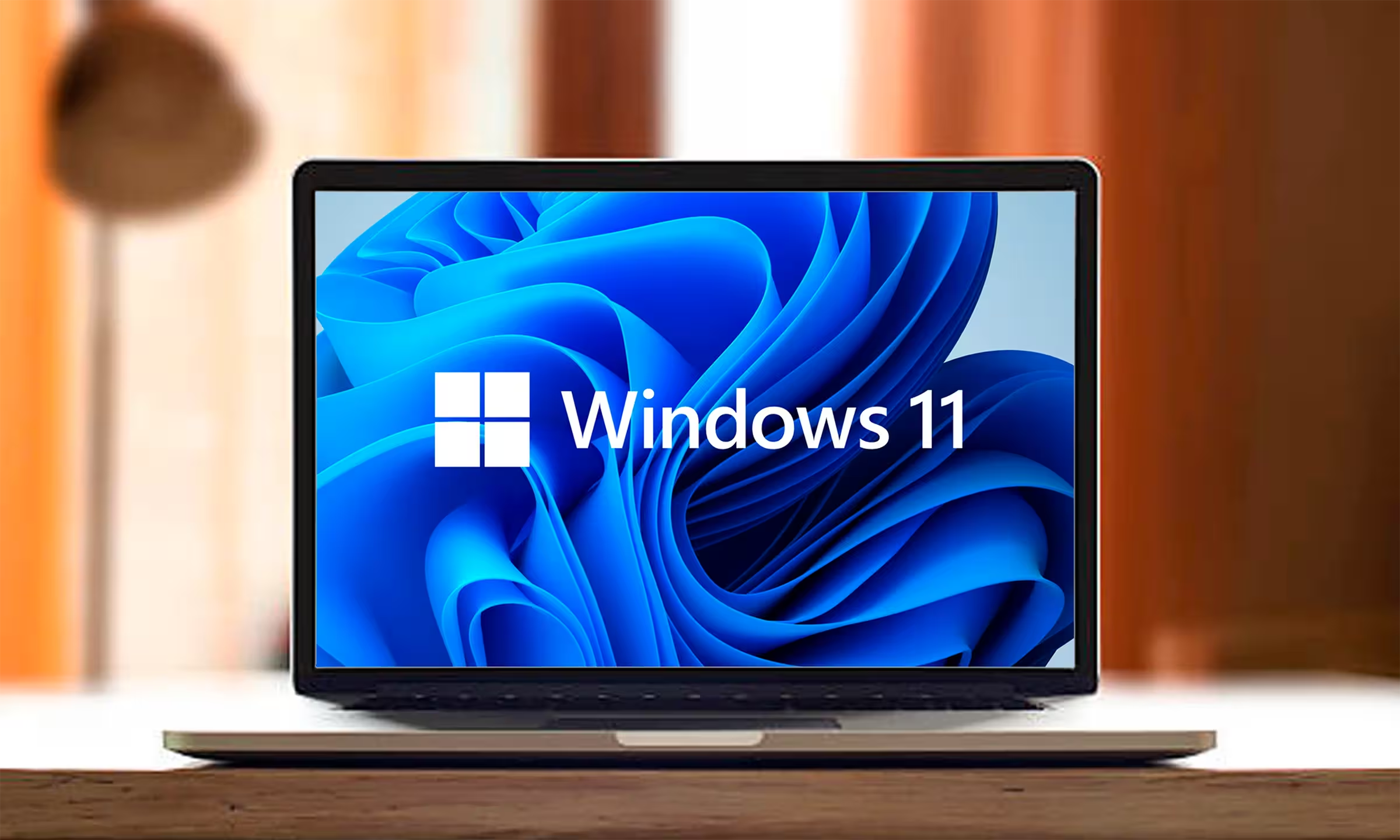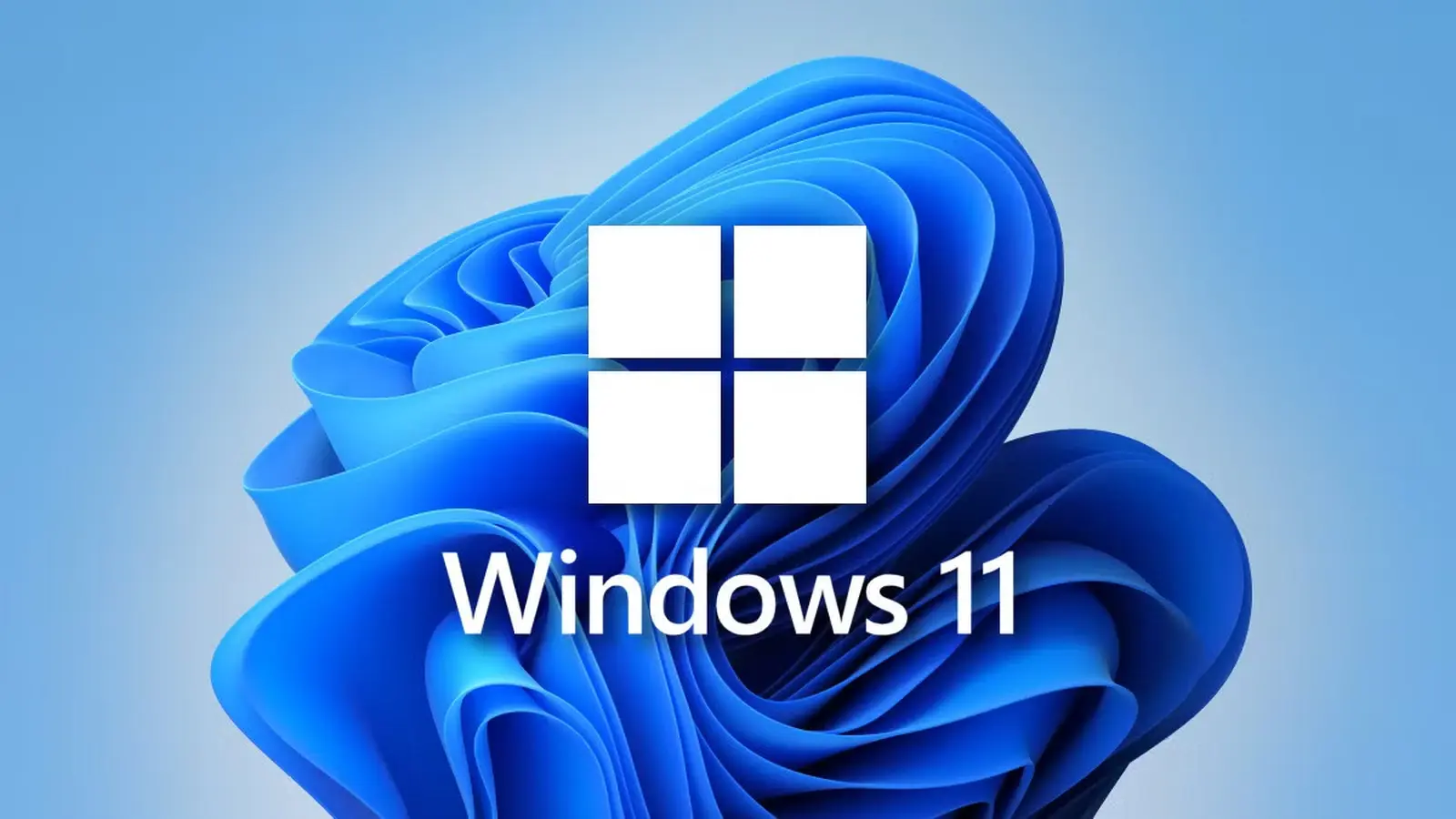3 Minutes
Microsoft has turned a page: Windows 10 support is officially over unless organizations opt into Extended Security Updates, and the company is pushing Windows 11 as the platform that will power the modern workplace. The message is simple — this is not just an OS update, it's a shift toward an AI-native experience that sits at the center of daily productivity.
AI at the forefront of the Windows experience
Rather than keeping artificial intelligence in the background, Microsoft is making it a visible, interactive part of how people use their PCs. Features like Copilot Voice, Copilot Vision, Copilot Actions, and Click To Do aim to let users interact with Windows in natural ways — voice, sight, and intent-driven actions — while the system handles routine tasks and heavy lifting.
Imagine dictating a task, scanning a screenshot to extract context, and having Windows suggest a next step before you finish typing. These small interactions add up to a new workflow model where the OS anticipates needs and streamlines work instead of just hosting apps.
Copilot, Copilot Studio and developer-friendly automation
Windows 11 is being positioned as the glue between Copilot and Copilot Studio, enabling people and IT teams to build AI-powered workflows. That means personalized automations, richer assistants embedded into apps, and the ability for businesses to craft agentic experiences tailored to their operations.

For developers and power users, this opens doors to new productivity gains: reusable AI workflows, tighter integrations across Microsoft 365 apps, and the prospect of desktop assistants that can act autonomously on your behalf while respecting security boundaries.
Hardware and cloud: Copilot+ PCs and Windows 365
Microsoft isn’t relying on software alone. Copilot+ PCs with dedicated silicon and optimizations are marketed to deliver richer on-device AI, while Windows 365 Cloud PCs bring those capabilities to virtual machines. New customers can also get a temporary incentive, with a 20% discount on Windows 365 Cloud PC plans intended to accelerate Cloud PC adoption.
That dual strategy — on-device acceleration plus cloud flexibility — lets organizations choose whether sensitive workloads run locally or in the cloud, depending on performance and compliance needs.
Business momentum and what's next
Many of the AI features are already rolling out through Insider builds or broadly available channels, but Microsoft plans to expand commercial offerings and partner opportunities at its upcoming Ignite conference. Stefan Kinnestrand, Microsoft’s vice president for product marketing, says the next chapter of Windows and AI is aimed squarely at businesses, signaling a major push into enterprise-grade AI tools.
Whether you're an IT leader evaluating upgrade paths or a knowledge worker curious about smarter, contextual assistants, Microsoft’s narrative is clear: the future of work is here, and Windows 11 wants to be the platform that powers it.
Source: neowin


Leave a Comment